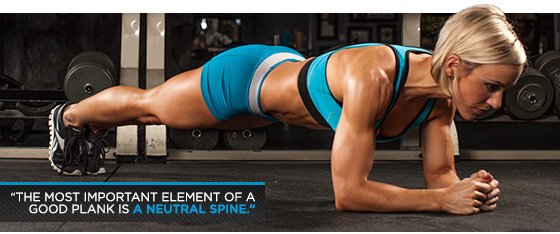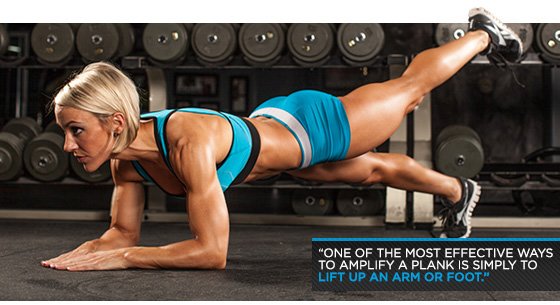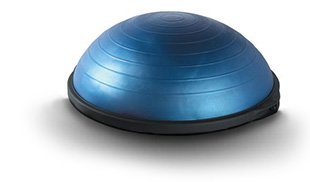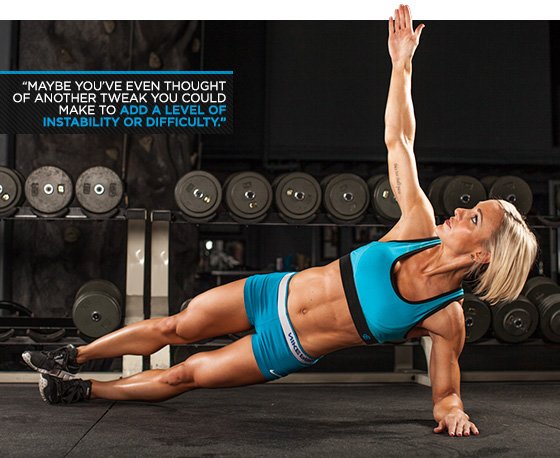Which is Better? Weight Training vs Bodyweight Training
 A particularly relevant and valid question: If the body only knows stress and strain, why is weight training better than bodyweight training?
A particularly relevant and valid question: If the body only knows stress and strain, why is weight training better than bodyweight training?
Weight training is more powerful initially because progress comes easier. Body weight skills take years and years to master.
Basic barbell exercises are much easier to learn and show favorable changes in body composition much faster because you simply “get better” at them faster. Any time you “get better” you increase the amount stress placed on the body. Increased stress means increased potential for adaptation.
My classic example: pull-ups. Most skinny-fat sufferers are terrible at pull-ups because they have little muscle mass compared to total body weight. This means that body weight skills are going to be incredibly difficult. (Most body weight experts have close to no body fat, which helps them move their body weight through space. There’s no “dead” weight. They also generally have smaller legs which helps too.)
This makes initial progress very difficult. Every meaningful bodyweight exercise is like doing pull-ups. It’s tough sledding. Most everyone can squat in some capacity. Can press in some capacity. Can do weight training in some capacity. The only variable is slowly adding weight.
But with body weight exercises, you’re “stuck” with your body weight. It’s like trying to get better at bench pressing, but the gym only has bars that weigh 225 pounds. If you can’t lift 225 pounds, what do you do? Get plastered under the bar repeatedly?
You need a lighter bar to build some initial strength, but there aren’t any around.
Well, that’s what most body weight skills are like. You can’t chin-up because you’re “stuck” with what you’re working with from the get go. It’s tough to get stronger because it’s simply too difficult. That’s why you start with easier exercises like inverted rows to develop some initial strength; eventually you move into more specific exercises like band aided pull-ups.
With a barbell, this transition from novice to not-so-novice is much smoother. It’s simply a matter of adding weight to the bar.
This means progression happens much much quicker, which causes favorable changes in body composition quicker. You simply get better at weight training faster. This leads to faster results.
It’s not only strength, it’s skill.
Most body weight progressions also have a skill element. Not only do you have to gain strength, but you have to make sure skill comes along for the ride.
Skills are tough to learn.
Once you know how to barbell squat, getting better is only a matter of adding weight to the bar.
But with something like a chin-up, it’s doing inverted rows. Then translating that strength into a different skill. Then that new strength into another skill. Then another. And another…
Body weight exercises eventually hit a “cap” from an intensity point. When that happens, it’s usually time to learn a new skill. And it’s the skill enhancement that makes progress tough and slow.
The Bodyweight Training Mindset
Part of me thinks people opt for bodyweight training because they think it’s somehow going to be “easier” than weight training. It’s not.
No matter what form of exercise you’re doing, the most important part is progressing over time. Once you can do a chin-up, what’s next? Maybe ten chin-ups. What about after that? Twenty chin-ups?
But at some point, you’re training out of your muscle building zone. Remember, the signal has to be strong enough to create a reason for the body to adapt.
When you can do fifty push-ups, the load of just isn’t great enough to produce that same “threatening” stress to cause adaptation.
So after you can do so many reps of body weight skills, you have to progress to more difficult variations. These variations tend to get “funky,” so beware. The push-up becomes the one arm push-up and handstand push-up. The body weight squat becomes a single leg pistol squat. And none of these things are really “easy.” So prepare yourself.
Training Frequency and Results
Another difference between weight training and body weight training is the overall impact and load on the body.
Weight training tends to stress the spine, hands, and other areas of greater neurological involvement more than bodyweight training. It has a systematic, neural effect.
But because bodyweight training is skill dependent, sometimes the muscles in question aren’t taxed as much. Or they aren’t the limiting factor.
For example:
In a one arm push-up: weak abs might prevent you from being able to do the skills.
In a pistol squat: a weak hip flexor of the leg being held in the air might prevent you from being able to do the skill.
With the one arm push-up, you’re looking to overload the pressing muscles. Yet the pressing muscles can’t be overloaded maximally because something else is limiting performance. Same goes for the pistol squat. Your squatting leg might be more than “strong” enough in the traditional sense.
But balance and holding the opposite leg in the air can prevent you from busting out repeated pistol squats. So suddenly your leg exercise is more of a hip flexor exercise.
This also makes training tricky because it’s tough to overload your system. When I first got my pair of rings, I could only manage two or three dips per set. And because I didn’t have the muscular coordination and control, I’d get fatigued quickly.
Yet ring strength is a skill. The only way I was going to get better is if I practiced on the rings—specifically above the rings doing dips.
So how do you get better if you can only do a little before getting completely gassed? Train to a less fatiguing point, but train more frequently.
I simply did rings dips during my warm-up every day I trained. Maybe two sets of two or three. Soon I was doing sets of three and four. Then five and six.
I never really exceeded my “effort” limit. Every rep was crisp. Didn’t train to failure. But the frequency allowed me to develop the skill and respect the stress it placed on my body.
Most body weight training specialists—the people that have skills and a body you envy—train at a high frequency.
Which is Better? Weight Training vs Bodyweight Training Read More »












